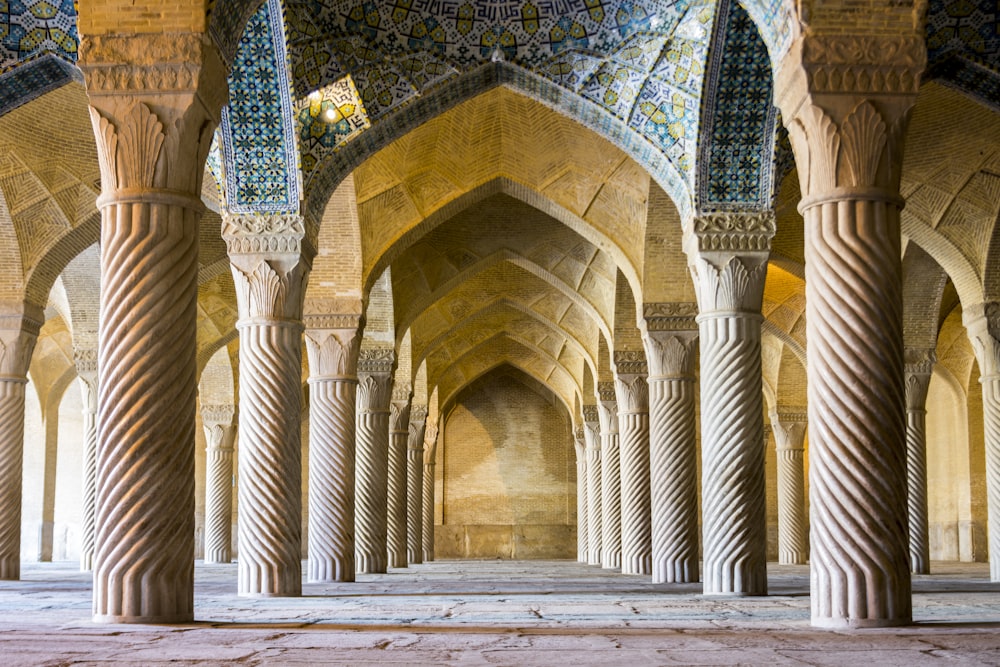Embarking on a Journey of Architectural Majesty:
Islamic architecture stands as a testament to human creativity, ingenuity, and spiritual devotion. Spanning centuries and continents, it encompasses a rich tapestry of styles, influences, and cultural expressions, each reflecting the unique identity of the Islamic world.
A Tapestry of Styles:
Islamic architecture is as diverse as the lands it inhabits, with each region contributing its own distinct style and flair. From the soaring minarets of Moorish Spain to the intricate tilework of Ottoman Turkey, Islamic design encompasses a wide range of architectural forms, materials, and techniques.
Innovative Design Solutions:
At the heart of Islamic architecture lies a spirit of innovation and creativity. Islamic architects and craftsmen have long been celebrated for their ingenuity in solving complex design challenges, whether it be creating soaring domes that seem to defy gravity or crafting intricate geometric patterns that mesmerize the eye.
Symbolism and Spirituality:
Islamic architecture is deeply imbued with symbolism and spirituality, serving as a physical manifestation of Islamic beliefs and values. From the grand mosques of Cairo to the humble madrasas of Central Asia, every element of Islamic architecture is laden with meaning, from the orientation of buildings towards Mecca to the intricate calligraphy adorning their walls.
Masterful Use of Geometry:
Geometry lies at the heart of Islamic design, serving as both a practical tool and a symbolic language. Intricate patterns of stars, polygons, and arabesques adorn mosques, palaces, and tombs, creating a sense of harmony and order that reflects the divine perfection of the cosmos.
The Beauty of Islamic Calligraphy:
Calligraphy occupies a central place in Islamic art and architecture, serving as a means of communication and artistic expression. From the elegant Kufic script of early Islamic inscriptions to the flowing Naskh and Thuluth styles of later periods, Islamic calligraphy adorns buildings with verses from the Quran, prayers, and poetic verses, transforming them into works of art.
Embracing Nature:
Islamic architecture is deeply rooted in a reverence for nature, with many buildings incorporating elements that reflect the natural world. Courtyards filled with lush gardens, fountains, and water features provide a peaceful oasis amidst the hustle and bustle of urban life, while the use of natural materials such as marble, wood, and clay connects buildings to their surroundings.
Cultural Exchange and Influence:
Throughout history, Islamic architecture has been shaped by a rich tapestry of cultural exchange and influence, as ideas, techniques, and motifs traveled along the trade routes of the Islamic world. From the towering minarets of Samarkand to the elegant palaces of Andalusia, Islamic architecture bears the imprint of diverse civilizations and cultures.
Preserving a Legacy:
In an era of rapid urbanization and development, the preservation of Islamic architectural heritage has become an increasingly urgent task. Efforts to safeguard historic buildings, monuments, and urban ensembles are underway across the Islamic world, ensuring that future generations can continue to marvel at the majesty and beauty of Islamic design.
Inspiring Wonder and Awe:
In conclusion, Islamic architecture continues to inspire wonder and awe, captivating the imagination with its beauty, ingenuity, and spiritual depth. As we explore the wonders of Islamic design, we embark on a journey through time and space, discovering the rich cultural heritage and artistic brilliance of the Islamic world. Read more about islamic architecture









